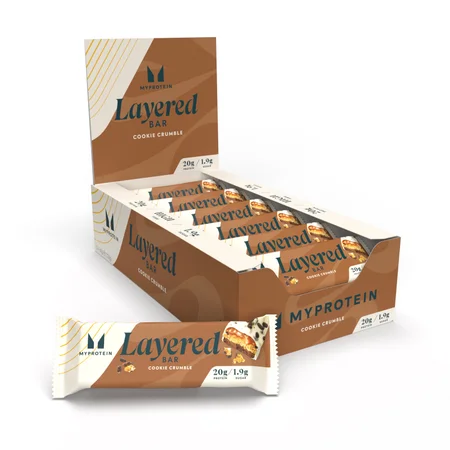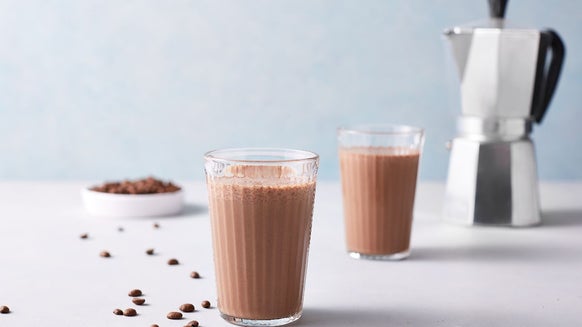How To Make Your Home Workouts More Challenging

There’s an obvious reason why we’re training at home more nowadays, however the colder days and earlier nights, as well as the simple fact many prefer it, mean that many of us will be now using our living rooms as our gyms for the foreseeable.
Whilst we’ve debunked previously how home workouts won’t affect your gains, that doesn’t mean the gym enthusiasts among you aren’t wondering how you can ever make these home workouts just as challenging as the gruelling gym-based workouts you’re ever so familiar with.
In this article we’re going to go over our top ten tips to make training at home just as intense as a good old-fashioned gym session.

1. Reduce your rest times
Training density refers to how much activity is completed in a given amount of time and increasing this is considered a form of progressive overload. Progressive overload is required for us to improve our performance outcomes long term.
If you are able to complete the same amount of activity as you did in a previous session, but took less time to complete it, you have increased your training density.
For example, if you completed 3 sets of 20 push ups with 60 seconds rest during your first week of training, and then completed those same 3 sets of 20 reps with only 45 seconds rest between sets during your second week of training, then you have performed a higher volume of work per unit of time.
Reducing your rest times is a way in which you make workouts more challenging without necessarily increasing weight, reps or sets.
2. Slow it down
Eccentric movements, or the stretching of the muscle in focus, induces the most muscle damage. Muscle damage is thought to be one of the key contributors to muscular hypertrophy.1
Focusing on slowing down the “stretch phase” of movements used during a home workout could help make the workouts themselves more challenging (and possibly beneficial!).
Try incorporating counts into the stretch phase — counting down from five or ten for example.
3. Set a time limit
By setting yourself a specific time limit and or knowing exactly how much time you have remaining to complete a workout, instead of stressing, worrying or even thinking about it, you will be able to better allocate your time. It forces action over thought and we often spend more time thinking about what we’re going to do as opposed to actually doing it.
In fact, a timer also acts as a secondary motivator and reinforces you to complete your workout before the deadline.
4. Circuits and supersets
Circuits and supersets involve the stringing together of multiple exercises one after another without breaks in between.
There are multiple benefits to training in this way. Firstly, it overlaps with “reducing rest times” in that you’re completing a greater amount of work in a shorter time frame.
Secondly, it is likely to increase the amount of metabolic stress within the muscle, another one of the proposed contributors to muscle hypertrophy. Repeated work like this leads to a build-up of metabolites within the muscle. The resulting metabolic stress placed on the muscles has an anabolic (muscle-building) effect leading to molecular signalling and an increasing hormonal response by the body driving hypertrophy.
Thirdly, yes, tonnes of benefits here, it may also lead to an improvement in cardiovascular improvement; if you’re fitter you’ll be able to recover better and even perform more work during a session!2
5. Extending your range of motion
Taking a muscle through a longer range of motion increases the distance over which a weight or load is moved. This means your muscles will be forced to do more work and thus made your workout harder (and more effective!).
A great example of this would be to perform a split squat with your leading foot on a small box or raised surface. This will increase the range of motion your leg will be working through and increase the challenge of the exercise.
6. Blood flow restriction
Blood flow restriction (BFR), otherwise known as occlusion training, is a form of training in which a limb has had a pressure applied (usually a tourniquet) which restricts blood flow and a high number of reps using a light load is performed.
BFR leads to greater accumulation of metabolites and therefore metabolic stress, and has been shown to preserve lean muscle mass and even increase muscular hypertrophy.3
7. Going to failure
Whilst we wouldn’t recommend going to failure on every set, there is certainly some merit in using it within your training, particularly if you are using lower weights and or bodyweight movements.4
A good protocol to follow would be to pick one or two exercises per workout that are safe to go to failure on and use these (such as bicep curls or push ups). Using squats, overhead extensions or any kind of movement which involves pulling from the floor may make you more prone to injury!
8. Bands, bands and more bands
Resistance bands are a cheap and effective means of changing the resistance on various movements. Not only can they change the level of resistance throughout a given movement, but they can also help you incorporate movements that may not have been previously possible (such as pullups or dips).
A hip circle or regular resistance band is a great investment and is perfect for upper and lower body movements. Some of our favourites are hip circle crab walks, band pull aparts, band triceps extensions and bicep curls and even banded bodyweight squats.
9. Try different exercise variations
Whilst varying exercises can have a number of physical benefits (such as targeting different muscles, allowing you to increase loads and or reps, sets, etc.) we want to focus on the mental benefit of exercise variation, particularly given the context of home workouts.
Training at home doesn’t quite have the same vibe as training in a gym — there’s no real atmosphere and often it can be difficult to motivate yourself to train in the house.
Recent studies have shown that varying up your exercises can increase the motivation to train and so may be well worth considering for those who may not be feeling quite as driven to train as they normally would.5
10. Pause for thought
Adding pauses or pulses during sets can effectively increase the total amount of time that your muscles are under tension. It will also add in the additional element of the muscles being challenged isometrically; that is, they are under tension in a position where muscle length does not change.
A typical rep will involve an eccentric (elongating, stretch phase) and concentric (shortening, contraction phase), and adding in an isometric element (which we’d most notably associate with the dreaded plank) can challenge our muscles in a whole different way and really make the workouts all the harder.
Take home message
With workouts at home fast becoming the new norm, finding more and more ways for them to be both physically and mentally challenging will ensure that we are still progressing is becoming increasingly more important.
It’s a difficult time of course, but let’s not lose what is, for many of us, an escape and a form of therapy in itself. Yes, the environment has changed, but workouts can still be as challenging as they are fun and we’d love to hear what you’re doing, in addition to our top ten tips, to keep your training motivation flame burning.
READ THIS NEXT:
Home Shoulder Workout | Best Shoulder Exercises To Do At Home
No time for the gym? Smash your shoulders with this home workout.

Work Out From Home | Resistance Band Pull Day
No gyms doesn't mean you should miss a pull workout — grab a band and try this.






